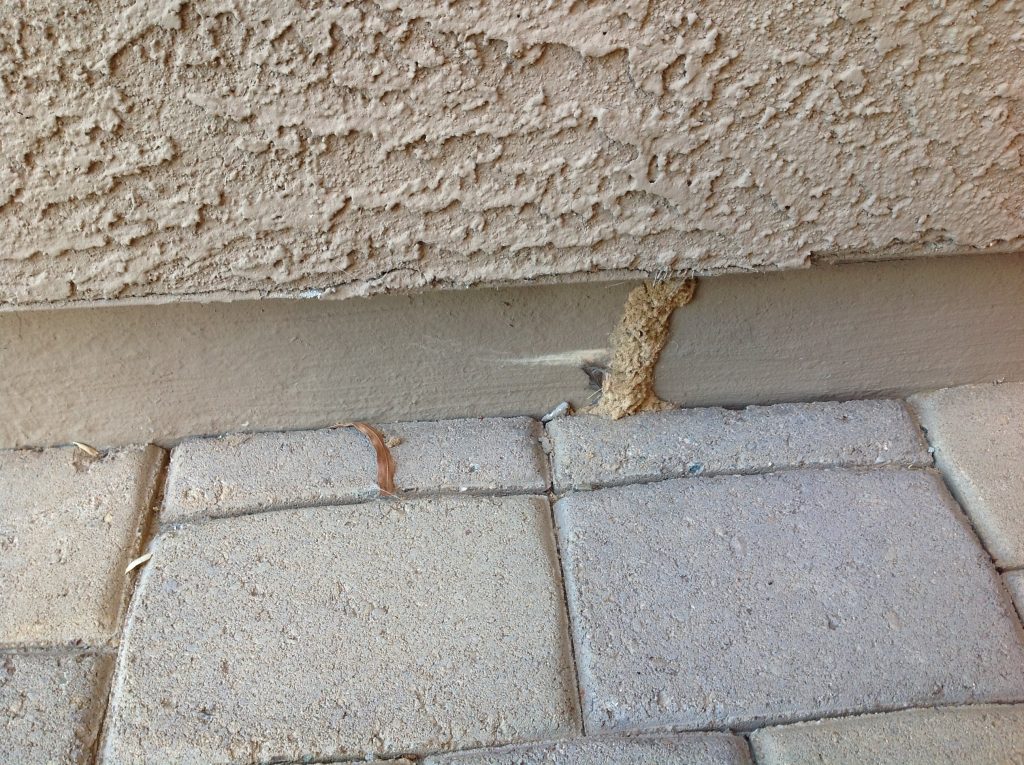Termites are a common pest in Arizona, with their presence being especially problematic during the summer months. Flying termites, or “swarmers,” are a sign of an infestation and can cause significant damage to homes and other structures. In this article, we will discuss how to identify and control flying termite infestations in Arizona.
Types of Termites
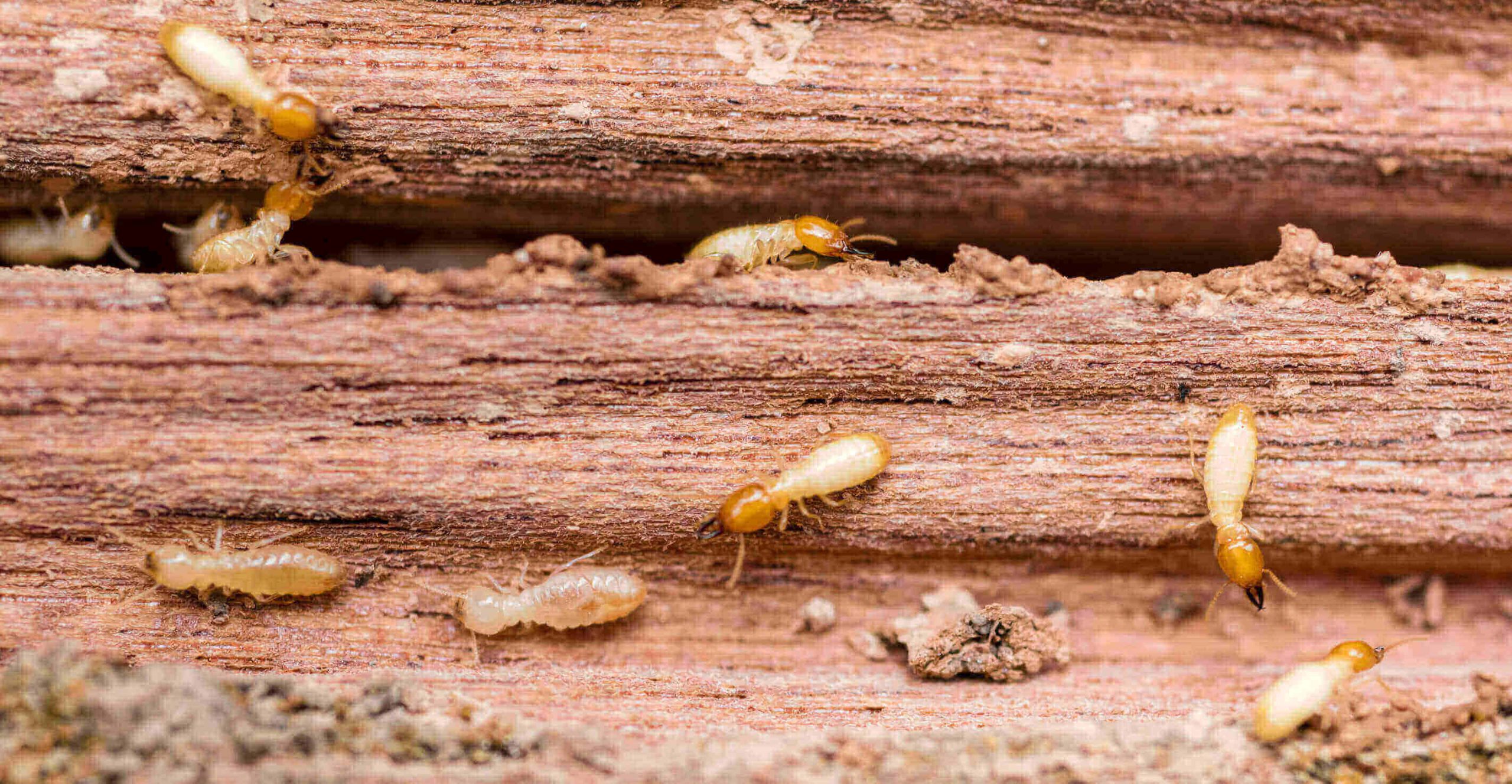
Termites are insects that are commonly found in Arizona. There are three common types of termites found in Arizona – subterranean, drywood, and dampwood. Subterranean termites live in the soil and build mud tunnels to get to wood. They are the most destructive type of termite, often causing extensive damage to structures. Drywood termites live in wood and do not need the soil to survive. They are the second most destructive type of termite and can cause significant damage to structures. Dampwood termites live in damp wood. They are not as destructive as the other two types of termites, but can still cause damage.
Flying Termites in Arizona
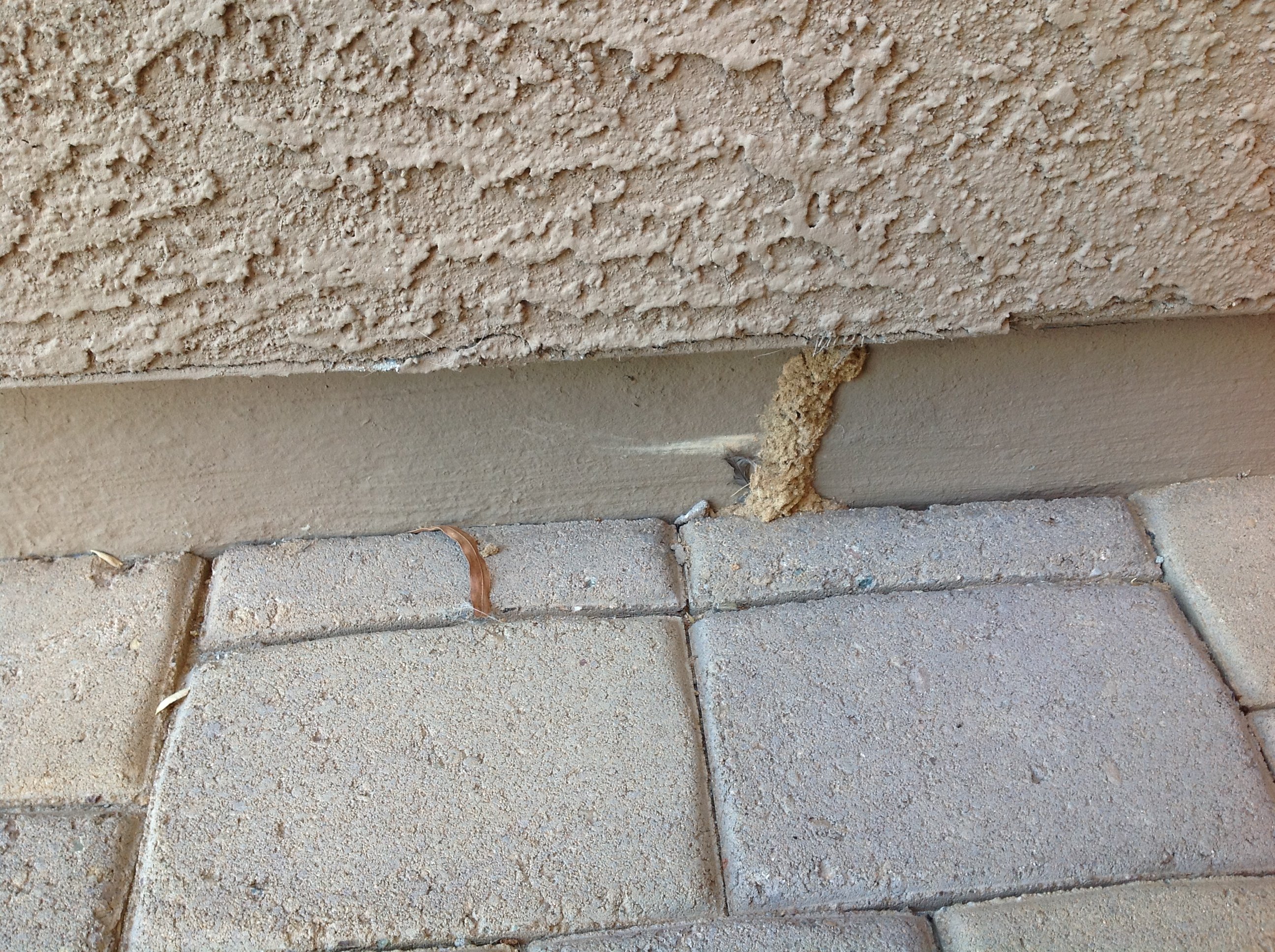
Arizona’s warm climate is a perfect environment for certain species of termites, and can lead to costly property damage if left unchecked. One of the most common types of termites found in Arizona is the Swarming Subterranean Termite. These termites can cause serious damage to structures such as walls, ceilings, and foundations, as well as furniture and other wooden items. Swarming Subterranean Termites can be identified by their large swarms of winged reproductive adults, which are commonly referred to as “flying termites” or “swarmers”.
Flying termites are a sign of a mature, established termite colony in your home or yard. The presence of these flying termites means that the termites have already begun to reproduce, and the colony is continuing to grow and spread.
The most common way to detect the presence of flying termites is to look for the shed wings left behind when the termites swarm. These wings are usually found near windows and doors, or in other damp, dark places in the home. It is also important to be aware of small piles of sawdust or soil around the home, as these are signs of termite activity.
The best way to prevent an infestation of flying termites is to have your home inspected annually by a licensed pest control professional. Regular inspections will help to identify any termite infestations early, and allow for prompt treatment. It is also important to keep your home well-maintained and free of moisture, which can attract termites. Finally, make sure that any firewood or other cellulose materials are stored away from your home, as these can serve as a food source for termites.
Signs of Flying Termites
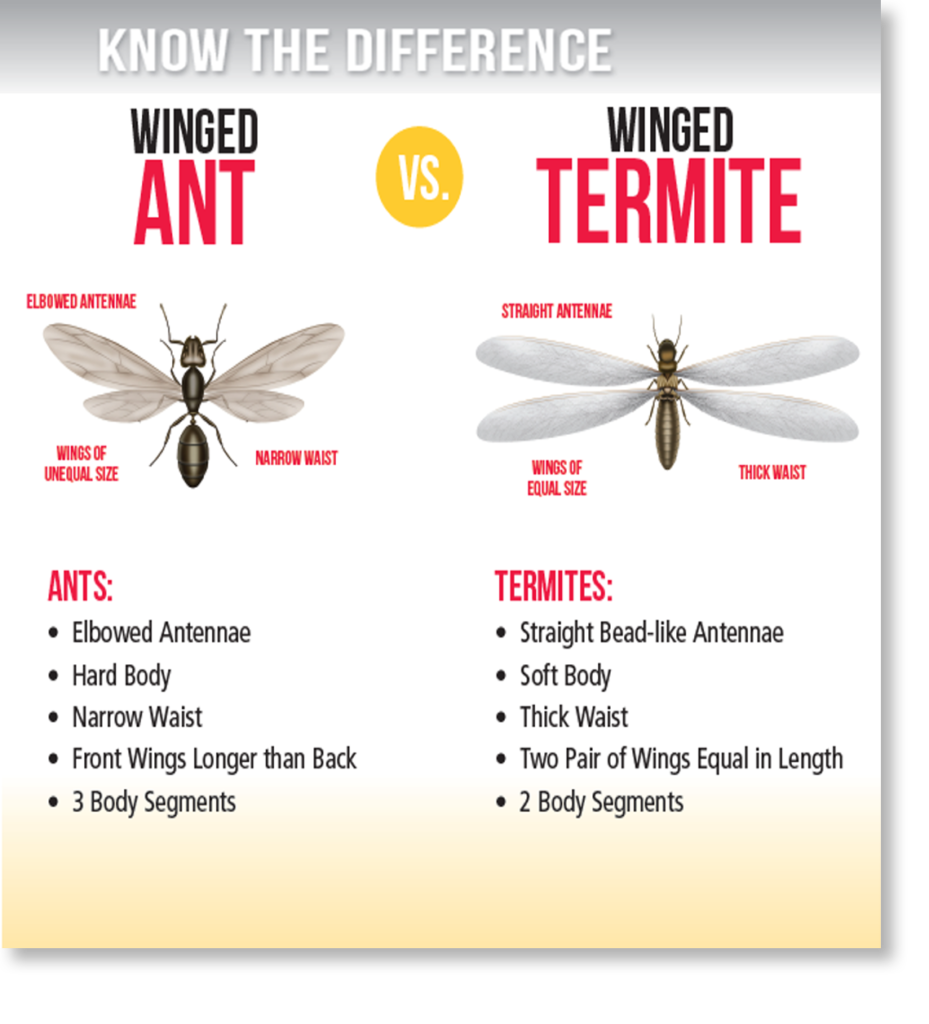
- Small, winged insects, about 1/4 inch long, are seen around windows, doors, and other areas where light penetrates.
- Mud tubes on the exterior of a building, especially around the foundation.
- Wooden structures with a “honeycomb” pattern of holes.
- Discarded wings left behind after swarming.
- A musty odor near infested structures.
- A continuous sound of clicking noises coming from the walls of a home.
Treatment for Flying Termites
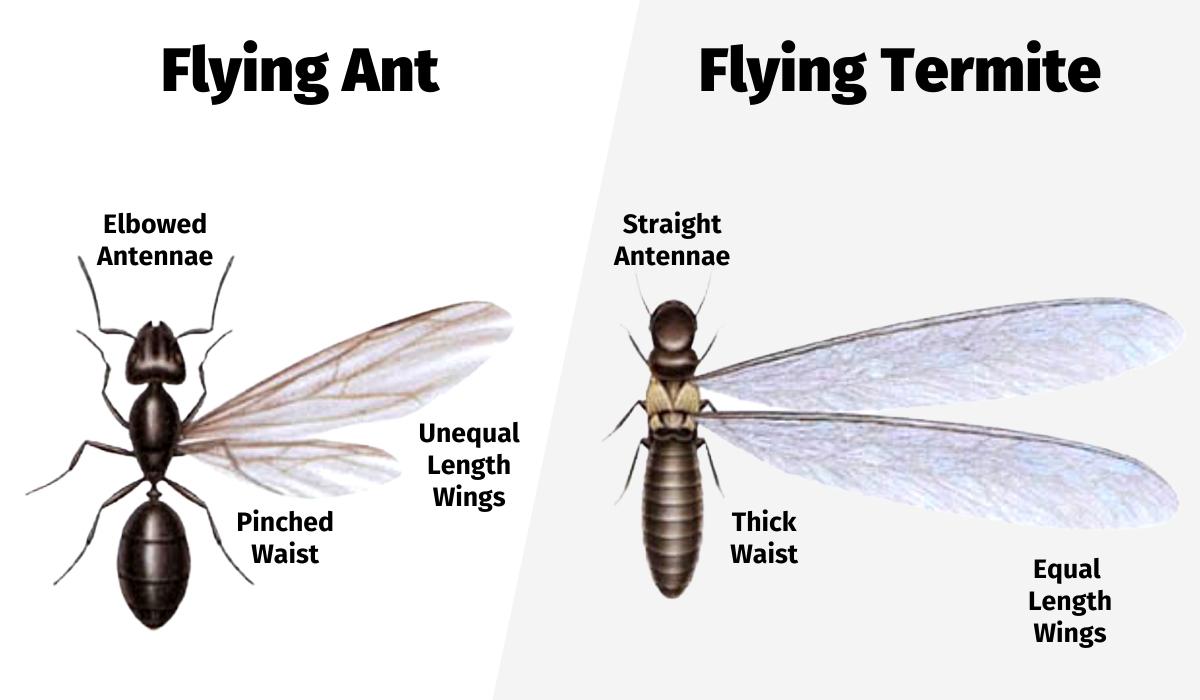
The most effective treatment for flying termites in Arizona is to call a pest management professional (PMP). A PMP can provide an inspection to determine if termites are present and then suggest an appropriate treatment plan. Treatment plans may include bait systems, chemical treatments, or a combination of both. Bait systems are designed to attract and kill termites, while chemical treatments are designed to eliminate colonies and provide lasting protection. In some cases, a combination of both methods may be used to effectively eliminate termites. PMPs may also recommend preventive measures such as sealing off entry points around the home and removing any moist soil or wood that could be attractive to termites.
Prevention of Flying Termites
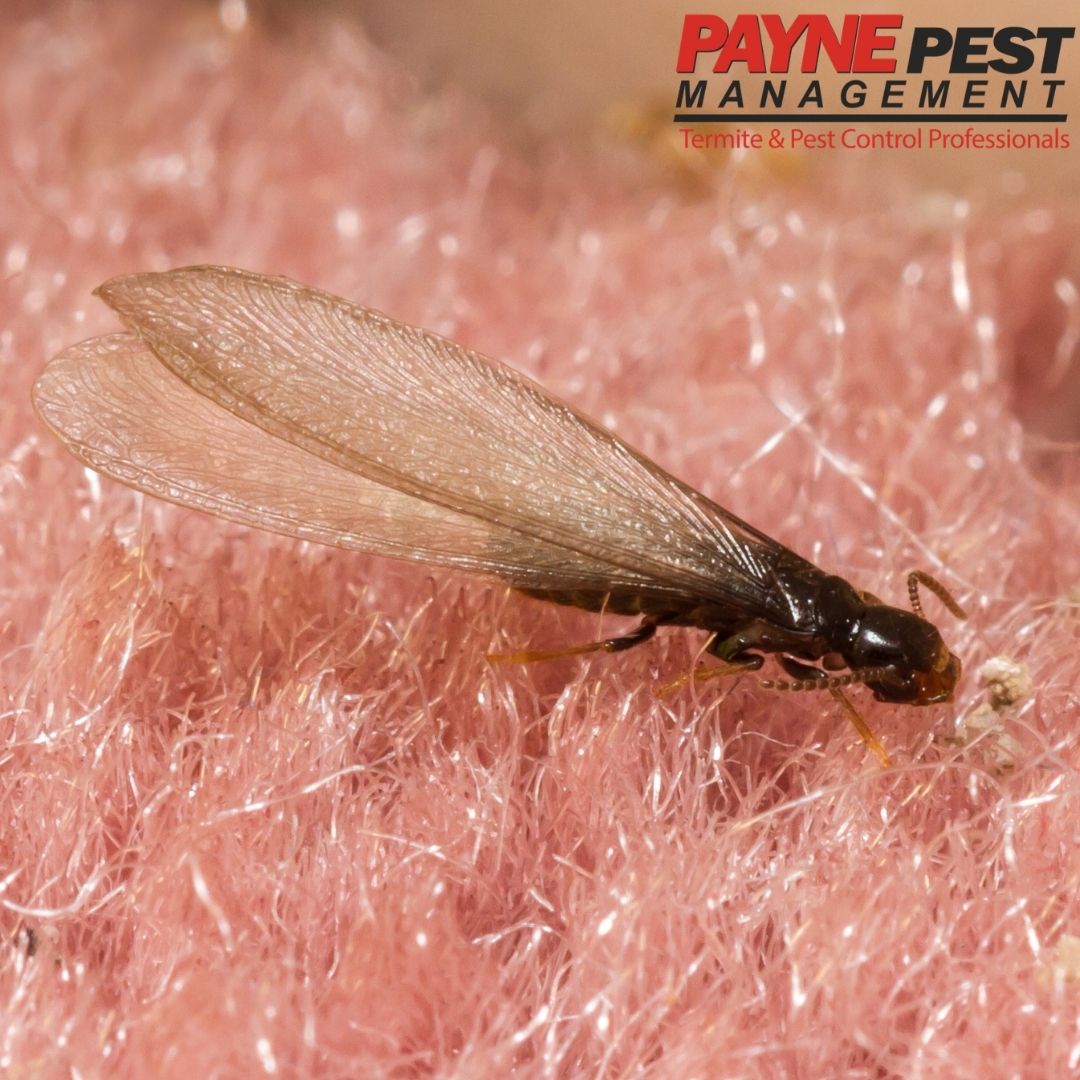
- Trim trees and shrubs away from the building.
- Remove dead wood, stumps, and debris from the yard.
- Repair leaks in plumbing and outside faucets.
- Eliminate sources of excessive moisture in and around the building.
- Repair or replace damaged roofing and gutters.
- Seal cracks and holes in the foundation and exterior walls.
- Install window and door screens.
- Install a barrier around the foundation of the building.
- Treat soil around the building with an insecticide.
- Treat wood in the building with an insecticide.
- Place bait stations around the building.
- Have a professional inspect the building regularly.
Do-It-Yourself vs. Professional Treatment
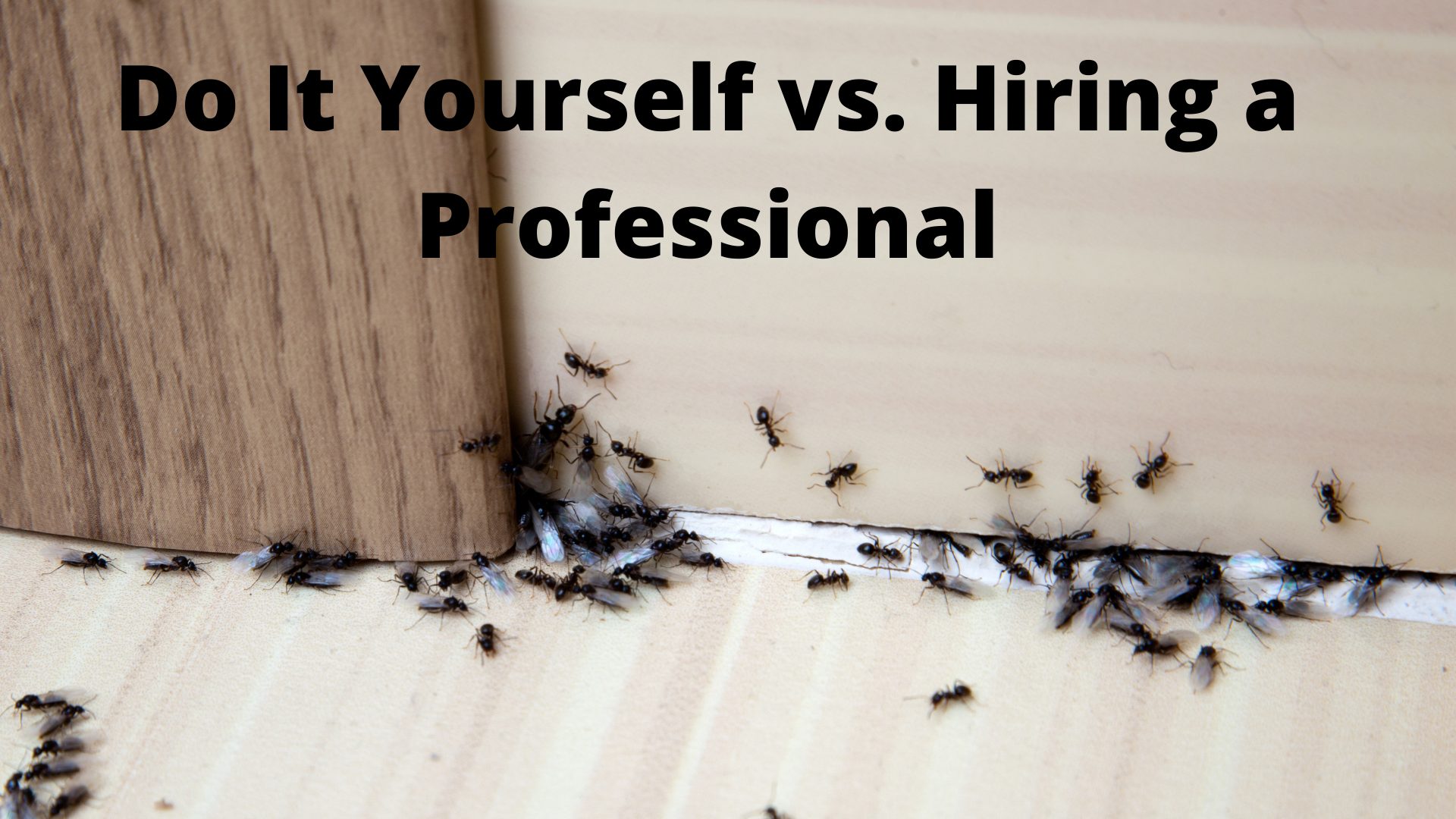
When it comes to dealing with flying termites in Arizona, homeowners have the option of either tackling the problem themselves or calling a professional exterminator.
Do-It-Yourself (DIY) treatments are typically cheaper, but may take longer and be less effective than professional treatments. DIY treatments may also require multiple applications over a period of time, which can be costly and time consuming. Professional treatments, on the other hand, are often more effective, faster and are tailored to the specific needs of the infestation in question.
When it comes to flying termites, professional treatments are typically the best approach. Professionals have the tools and experience necessary to identify the exact species of termites present and determine the best treatment option. They will also be able to provide preventative measures to help reduce the chances of future infestations.
Ultimately, the decision of whether to perform a DIY treatment or hire a professional depends on the severity of the infestation and the skill level of the homeowner. DIY treatments may be suitable for smaller infestations, while larger infestations are best left to the professionals.
Cost of Arizona Flying Termite Treatment
The cost of treating flying termites in Arizona can vary depending on the severity of the infestation and the type of treatment used. Generally, the cost of treatment can range from $300 to $2,000 or more. This cost includes the inspection, treatment, and repairs of any damage done by the termites. Treatment may include baiting, spraying, and fumigation. For severe infestations, fumigation may be the only option and can cost up to $2,000. The cost of repairs is typically additional, as is the cost of a warranty for the treatment.
Long-Term Solutions
To reduce the presence of flying termites in Arizona, a long-term approach must be taken. This should include regular inspections and treatments of buildings and gardens to ensure that any termite infestations are detected and treated quickly. It is also important to maintain a clean and dry environment, as this will discourage termites from entering and inhabiting the area. Additionally, sealing any cracks or crevices in foundations and walls can help to prevent termites from entering the property. Educating the public on the signs of termite activity and the steps they can take to prevent it is also essential. Finally, proper disposal of wood and other cellulose materials can help to prevent termites from colonizing a property.
Frequently Asked Questions
What are the Signs of Flying Termites in Arizona?
Flying termites in Arizona can be identified by their wings, which are twice as long as their body. They also have a distinct yellow-brown color and are usually seen swarming after dusk or during the night. Other signs of flying termites in Arizona include piles of discarded wings near windows or doors, tiny holes in wooden furniture or walls, and mud tubes on the exterior of the house.
How can I prevent flying termite infestations in Arizona?
Regularly inspect your property for signs of termite infestations and contact a pest control professional if any are found. Remove any sources of moisture, such as clogged gutters or leaking pipes. Make sure there is good ventilation around the perimeter of the home. Use a barrier method of termite control such as a chemical soil treatment or a physical barrier like a termite shield. Have your home treated with a chemical or physical insecticide to kill off existing infestations.
What types of termites are found in Arizona?
Arizona is home to a variety of subterranean, drywood, and dampwood termites. Subterranean termites are the most common in Arizona and feed on wood and other cellulose-based materials. Drywood termites typically live and feed inside of dry, undecayed wood and are typically found in older homes. Dampwood termites prefer wet, decaying wood and are usually found near sources of moisture such as leaky pipes or plumbing.
Are there any effective methods for controlling flying termite infestations in Arizona?
The presence of flying termites in Arizona can be an indication of a larger infestation. To control an infestation, the source of the termites must be identified and treated. The most effective methods of controlling termites include using baiting systems, chemical treatments, physical barriers and soil treatments. Baiting systems involve placing food in the ground that is attractive to termites, so they will feed on it, and then the bait is replaced with a pesticide that will kill the termites. Chemical treatments involve applying a liquid insecticide to the soil around the building. Physical barriers such as steel mesh or glass can be used to prevent termite access to buildings. Soil treatments involve injecting a liquid insecticide into the soil around the building to kill subterranean termites.
How can I identify flying termites in Arizona?
Flying termites in Arizona can be identified by their slender bodies, wings and antennae, and their tendency to swarm at dusk. In areas where termite infestations are common, swarms of flying termites may be seen at the same time each year. The termites have a pale yellowish-brown body with two pairs of wings, both of equal length. They are about a half-inch long with straight antennae and a uniform dark brown color for their wings. The wings may also have a smoky-gray appearance when viewed at an angle. The presence of discarded wings near windows, doors and other entry points also helps identify a termite infestation.
Conclusion
Flying termites in Arizona can be difficult to identify, as they can look very similar to other common flying insects. The best way to accurately identify a flying termite infestation is to contact a professional pest control company. Once the infestation is identified, a number of control methods exist, including baiting and liquid treatments. Following the correct termite control plan is the best way to ensure the infestation is eliminated in a safe and effective manner.

